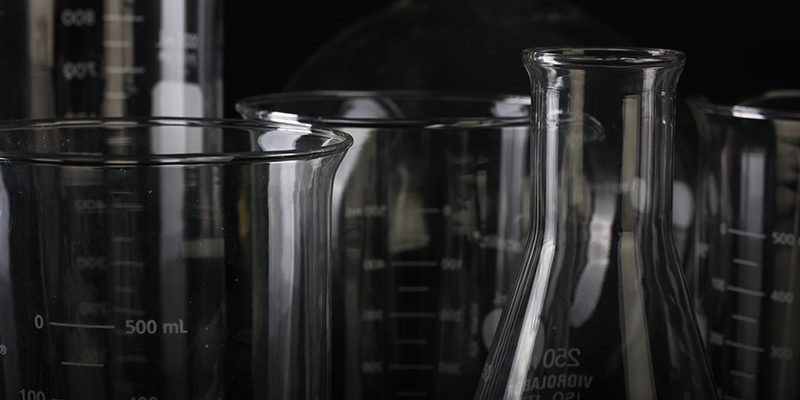Lab Report Writing: How to Create a Winning One?

Such courses as Physics, Chemistry, and Biology cannot go without lab reports. This is a practical part of your learning and a major part of your grade. In this post, we will talk about some writing techniques that will help you create powerful reports. We will pay special attention to the structure of this paper. So if you need a detailed explanation of each part and way to write it, then this guide is for you.
Starting point: how to write an introduction for a lab report?
A lab report is a paper where you present the experiment done in a laboratory. Your task is to explain what you did, what you got, and what does that mean. In your first paragraph, you need to present the purpose of your experiment. Make sure to include:
- Background information about the topic
- Brief description of the experiment
- Your purpose (or hypothesis)
- Received results
- Conclusions of your research
Some lab reports are done without an extensive introduction. However, even in such a case, you need to describe the purpose. Just tell your readers why you did it and what results you expected.
Used materials
Any lab report example found online includes a list of materials needed to do an experiment. Tell your readers what exactly you used to perform it. Don’t forget to cover even the smallest details! If somebody gets inspired by your research, he/she may want to repeat it. So provide them with all the information they may need.
Methods
Here you should describe the process step by step. Again, remember that someone may want to repeat the experiment, so perceive this section as detailed instructions on how to do that. Provide guidelines and directions to a potential experimenter. Add charts, tables, and diagrams if relevant.
Numerical data
During your process, you made some recordings about the experiment you observed. Create a table and list your observations there. Numerical data means facts, numbers, and dry observations. You don’t need to provide any explanations, analysis, or interpretation of this data. Just present it in a linear manner.
Your results
And here comes the interpretation part. In the Results section, you should explain what the numerical data means. In most cases, this part of a lab report is written separately. However, the chances are that you might find a lab report template where Results are combined with Discussion. Ask your professor whether you should combine these sections or not.
Analysis and Discussion of the results
You locate numbers in your Data sections and explain them in your Results section. Then you move to the Analysis section, where you present all calculations made in the process. Here you should review your hypothesis and determine whether it was true. Also, this section is a place where you discuss difficulties, controversies, uncertainties, and mistakes. If you have some suggestions on how to improve the experiment or ideas on how to make it differently, include them in your Analysis part.
Conclusion
This section is written on the basis of the previous ones. Write one small paragraph and briefly explain the experiment one more time. Then restate your hypothesis and say whether you accept or reject it. Also, you are expected to tell why you believe your theory was true or false.
Graphs and figures
Graphs and figures are integral parts of lab reports. Make sure to include:
- The name of each graph and table that describes it
- Units of measurement and labeled axes
- Add numbers to your charts and tables (Figure 1, Figure 2, etc.)
You should refer to these tables in the text of your lab report (Analysis, Methods, Results).
Formatting elements
Not only the content of your paper matters. The formatting is also crucial, so don’t forget to create a well-done title page and references.
First, make sure that you format your title page correctly. Include the following information:
- An experiment’s title
- Student’s name (don’t forget to include the name of your peers if you were working in a group)
- Professor’s name
- Date of an experiment and submission date
Second, list all the sources used for your research (if any). Add quotations from books and journals, cite them within your text following a required style, and don’t forget to include each source in the reference list.
As you have understood from this writing guide, the essential aspect of your lab report is the proper structure. Each section of your paper has its own purpose, and together they provide a full picture of your investigation. Every aspect of an experiment – numerical data, materials, methods, analysis, etc. – should be included in a separate section. Don’t forget about graphs and tables – they will make everything look more precise and professional!

